Talk Overview
Szostak begins his lecture with examples of the extreme environments in which life exists on Earth. He postulates that given the large number of Earth-like planets orbiting Sun-like stars, and the ability of microbial life to exist in a wide range of environments, it is probable that an environment that could support life exists somewhere in our galaxy. However, whether or not life does exist elsewhere, depends on the answer to the question of how difficult it is for life to arise from the chemistry of the early planets. Szostak proceeds to demonstrate that by starting with simple molecules and conditions found on the early earth, it may in fact be possible to generate a primitive, self-replicating protocell.
In Part 2, Szostak focuses on work from his lab studying the membrane components of a simple protocell and in Part 3 of his lecture, he describes experiments to investigate nucleic acid replication by chemical rather than enzymatic mechanisms.
Speaker Bio
Jack Szostak
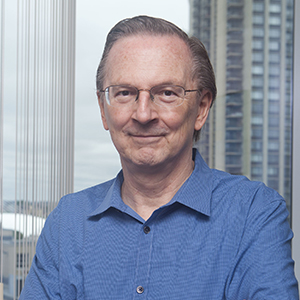
Early in his research career, Dr. Szostak made important contributions to the field of genetics. These included construction of the first yeast artificial chromosome and furthering our understanding of the function of telomeres, work for which he shared the Nobel Prize in Physiology or Medicine in 2009. By the 1990s, however, Szostak had redirected his… Continue Reading
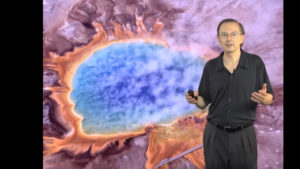
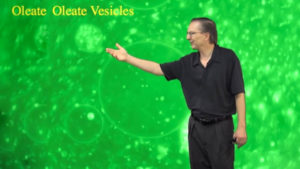
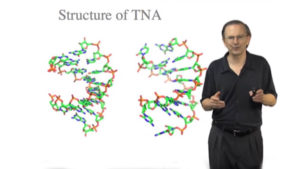
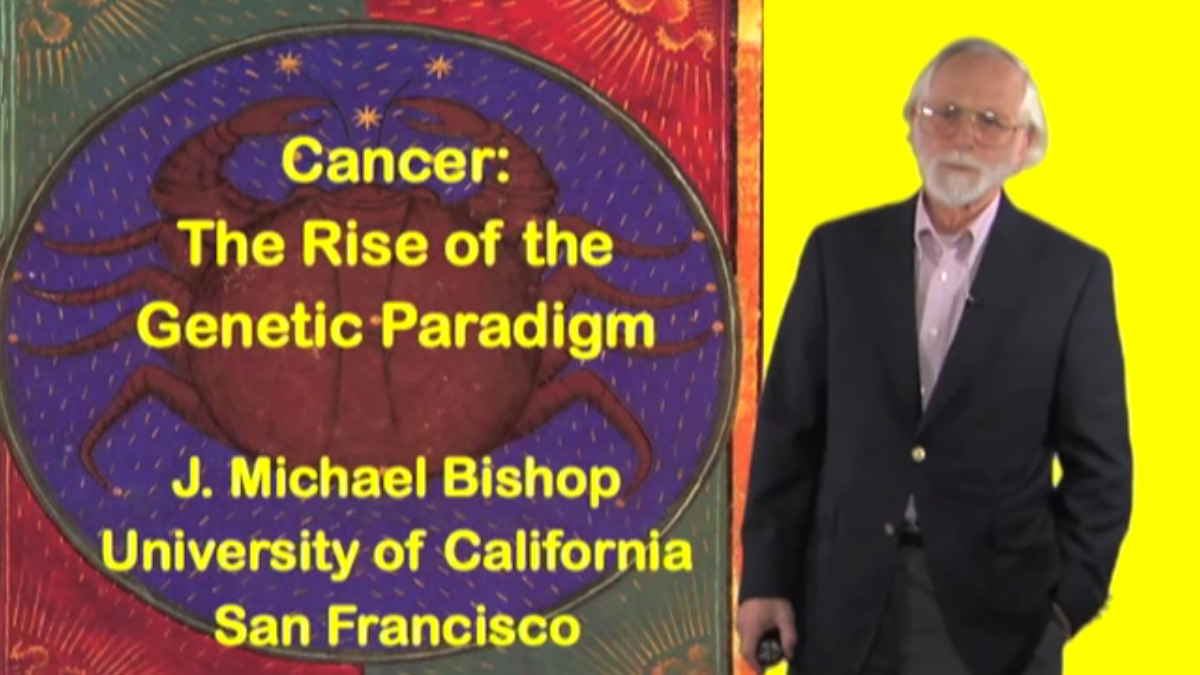
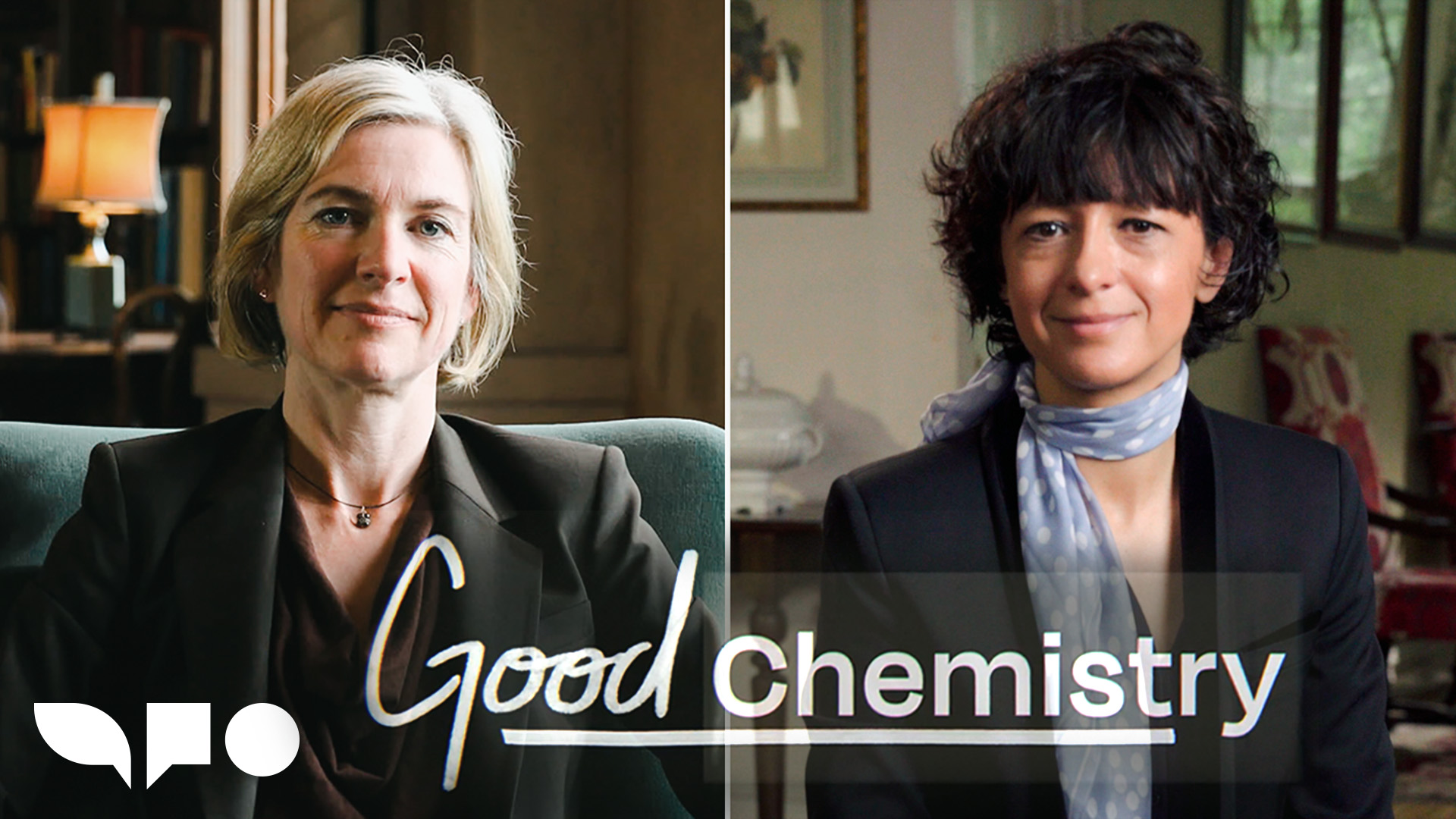
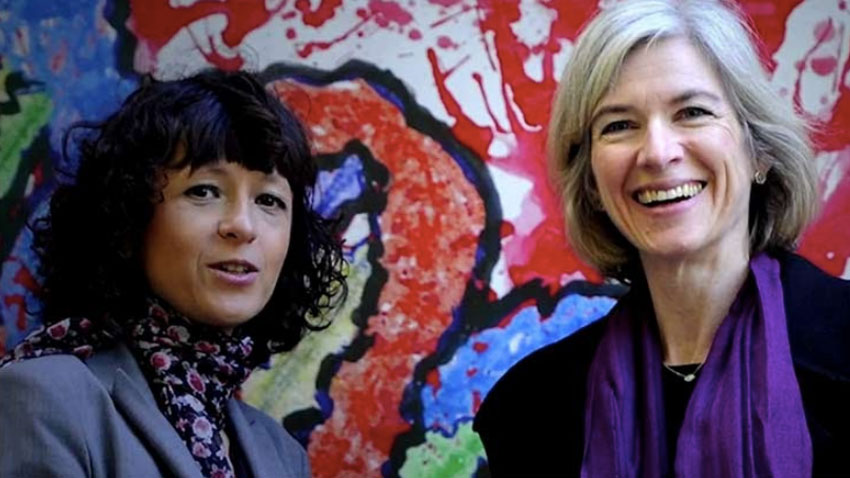
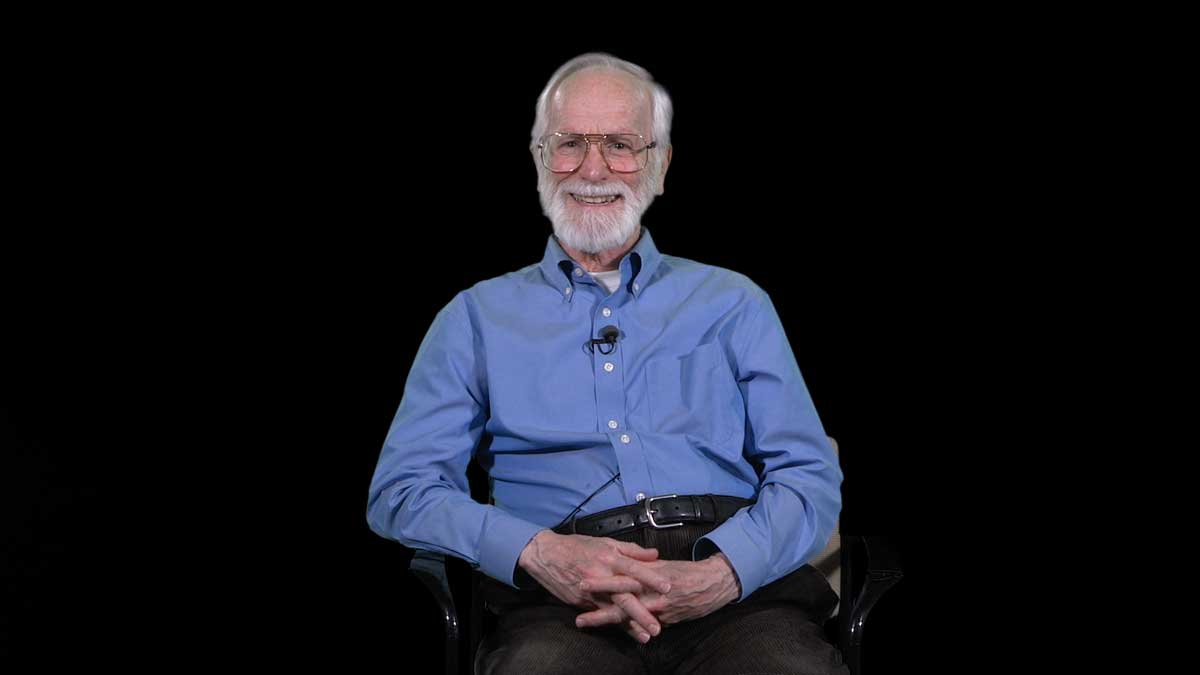





Winifred Fleet says
To Jack Szostak: I just found this website/its wonderful. I am a reading layperson, I have for 15 years been pursuing two things: evolution, and the Neanderthal situation from many popularized/other texts including journal articles tracing the hominin to human trajectory (as well as wading through unneeded “acrimonious folderol”. I had an undergraduate (plus a year’s graduate work in biology but I had to stay home at that point because my husband had open heart surgery/our lives changed. Now (the last 15 years) I am pursuing cell studies on my own – a fundamental understanding of how evolution worked in the period between Heidelbergs-anatomically altered moderns-European Neanderthals and genetics (DNA/RNA activities) where the latter serves my work. I had read Deamer, Woese, Jacobs, Fortierre, many many others, as well as explanations by Sean Carroll/Mueller – Roger Penrose – finding that quantum particles played a part. But it was so exciting to see -read what you are saying, because it corresponded w/what I found tho working alone w/no guidance. Therefore,
I thank you most Sincerely for that website! I just finished a paper (55 pp) on aging – where I utilized Nature articles on 2019 immunization, inflammation and deteriorating telomeres – mine are the pits, as well as having an injured sacroiliac which simply encourage the rest of the intrinsic chorus to fall apart. Its a good thing I enjoy learning! Thank you again, Win Fleet, (winwfleet@gmail.com).
Omprakasnh Khandelwal says
I thankful to Jack Sazostk
Life membrane self assembly and transoi
Myint Toe says
Non-enzymatic synthesis of nucleic acids is really fascinating. Thank you Professor Jack Szostak for your research talk and thank you iBiology for sharing it to us.
George says
Where does the RNA come from? What was the force that made it?
Does this opposes to the second law of newton when it comes to entropy?
Art says
Thank you for the RNA explanation. I am studying Biology and have been for a few years and you answered my question on MRI and RNA.